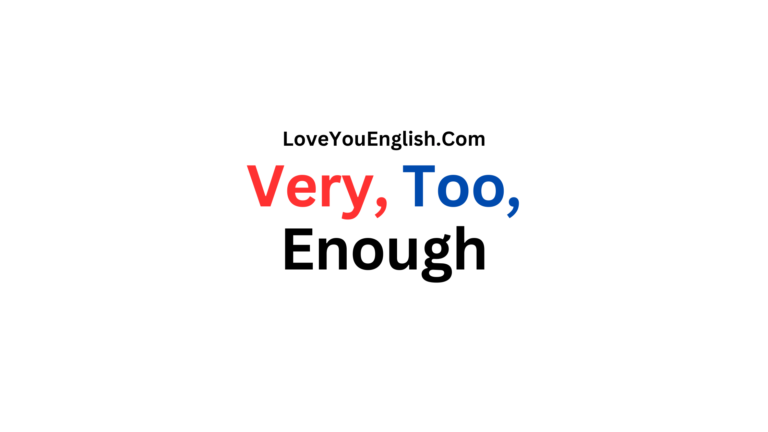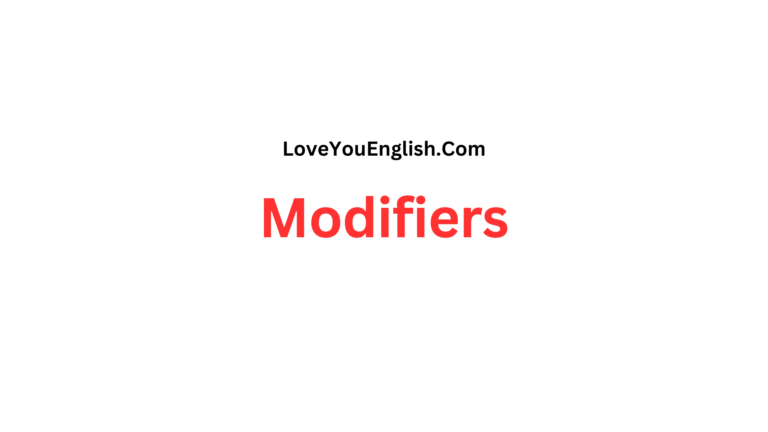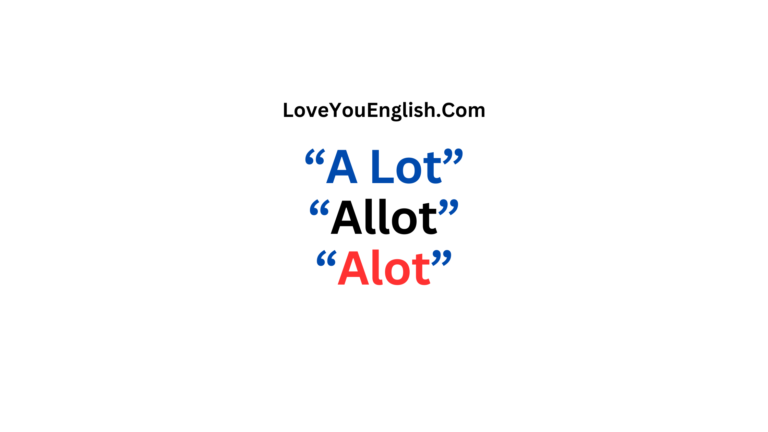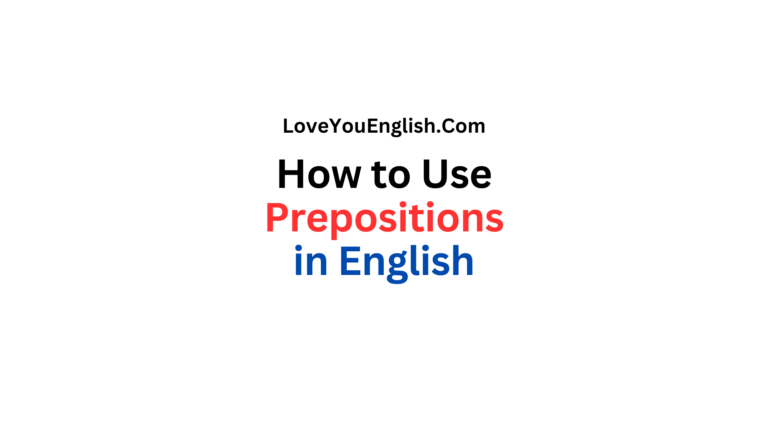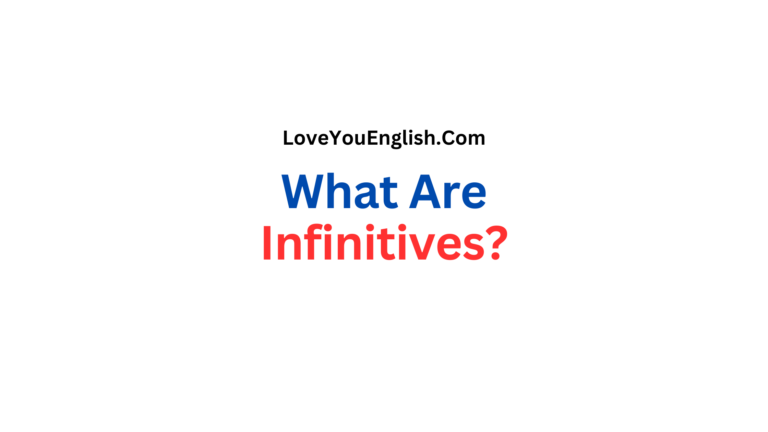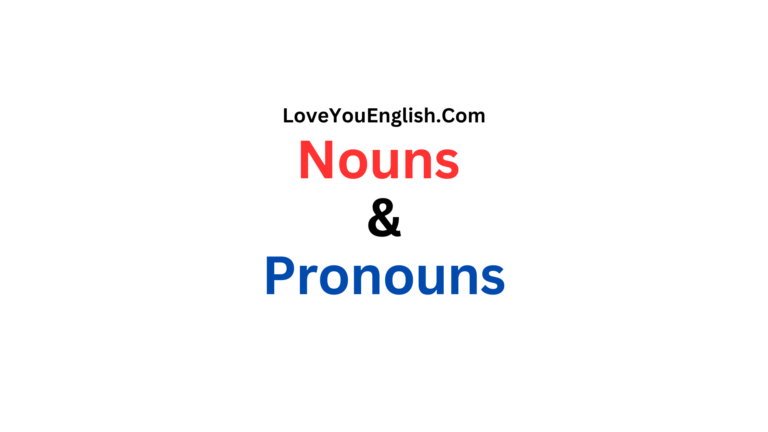Past Continuous Tense: How and When to Use It
The past continuous tense is one of the most useful verb forms in English.
It helps us talk about actions that were happening at a specific time in the past.
If you’ve ever said “I was walking” or “They were eating,” you’ve already used this tense!
Let’s explore how to use it correctly and when it makes your English sound more natural.
What Is the Past Continuous Tense?
The past continuous tense describes actions that were in progress at a particular moment in the past.
Think of it as a snapshot of what was happening at a specific time.
The action had already started and was still continuing when we’re talking about it.
For example:
- “I was reading a book at 8 PM last night.”
- “The children were playing in the garden when it started to rain.”
These sentences show us actions that were ongoing at specific moments in the past.
How to Form the Past Continuous Tense
The past continuous tense is actually quite easy to make. You need two parts:
Subject + was/were + verb + -ing
Here’s how it works:
For singular subjects (I, he, she, it): Use “was”
- I was sleeping
- He was cooking
- She was studying
- It was raining
For plural subjects (we, you, they): Use “were”
- We were talking
- You were listening
- They were dancing
The main verb always gets “-ing” added to the end. This is called the present participle form.
Making Negatives
To make negative sentences, simply add “not” after was or were:
- I was not (wasn’t) working yesterday.
- They were not (weren’t) paying attention.
Asking Questions
For questions, put was or were at the beginning:
- Was she sleeping when you called?
- Were they watching TV at 9 PM?
For question words, add them before was/were:
- What were you doing last night?
- Where was he going when you saw him?
When to Use the Past Continuous Tense
Understanding when to use the past continuous tense will help you speak more naturally. Here are the main situations:
1. Actions in Progress at a Specific Time
Use the past continuous when you want to show what was happening at an exact moment in the past.
- “At 3 PM yesterday, I was having lunch with my friend.”
- “What were you doing at midnight?”
- “She was working on her project all morning.”
2. Interrupted Actions
This is one of the most common uses. The past continuous shows a longer action that was interrupted by a shorter action (usually in simple past tense).
- “I was watching TV when the phone rang.”
- “They were walking in the park when it started to snow.”
- “While she was cooking dinner, her husband arrived home.”
The longer action (watching TV, walking, cooking) was in progress when the shorter action (phone rang, started to snow, arrived) happened.
3. Two Actions Happening at the Same Time
When two actions were happening simultaneously in the past, you can use the past continuous for both.
- “While I was studying, my roommate was listening to music.”
- “The children were playing outside while their parents were preparing dinner.”
- “He was writing emails while she was making phone calls.”
4. Setting the Scene
Writers often use the past continuous to describe the background or atmosphere of a story.
- “The sun was shining, birds were singing, and people were walking slowly through the park.”
- “Everyone was talking loudly, music was playing, and the party was in full swing.”
This creates a vivid picture of what the situation was like.
5. Showing Temporary Situations
The past continuous can describe temporary situations that were true for a period in the past.
- “Last month, I was living with my sister while my apartment was being renovated.”
- “During the summer, he was working at a restaurant to earn extra money.”
Common Mistakes to Avoid
Learning any grammar point involves making mistakes, and that’s perfectly normal. Here are some common errors with the past continuous tense:
Mistake 1: Using Simple Past Instead of Past Continuous
Wrong: “When you called, I cooked dinner.” Right: “When you called, I was cooking dinner.”
The second sentence shows the cooking was in progress when the call happened.
Mistake 2: Forgetting the -ing Form
Wrong: “She was study when I arrived.” Right: “She was studying when I arrived.”
Always remember to add -ing to the main verb.
Mistake 3: Using the Wrong Form of “Be”
Wrong: “They was playing football.” Right: “They were playing football.”
Remember: “was” for singular, “were” for plural.
Mistake 4: Overusing the Past Continuous
Not every past action needs the past continuous tense. Use it only when you want to emphasize that an action was in progress.
Unnecessary: “Yesterday, I was going to the store, I was buying milk, and I was coming home.” Better: “Yesterday, I went to the store, bought milk, and came home.”
Past Continuous vs. Simple Past
Understanding the difference between these two tenses is crucial:
Simple Past: Shows completed actions
- “I watched a movie last night.” (The movie is finished)
Past Continuous: Shows actions in progress
- “I was watching a movie when you called.” (The movie was not finished when the call came)
Simple Past: For sequences of completed actions
- “She woke up, brushed her teeth, and had breakfast.”
Past Continuous: For background information or interrupted actions
- “She was having breakfast when her friend called.”
Time Expressions with Past Continuous
Certain time expressions work well with the past continuous tense:
- At + specific time: “at 5 PM,” “at midnight”
- While: “while I was working”
- When: “when it was raining”
- During: “during the meeting”
- All + time period: “all morning,” “all day”
- From…to: “from 2 to 4 PM”
Examples:
- “I was sleeping at 6 AM this morning.”
- “They were studying all evening.”
- “From 9 to 11 AM, we were in a meeting.”
Practice Makes Perfect
The best way to master the past continuous tense is through practice. Try creating your own sentences using the patterns we’ve discussed. Think about your day yesterday and describe what you were doing at different times:
- “At 7 AM, I was getting ready for work.”
- “I was eating lunch when my colleague called.”
- “While I was commuting home, I was listening to a podcast.”
Conclusion
The past continuous tense is a powerful tool for describing past actions and situations.
It helps you paint a clearer picture of what was happening at specific moments in time.
Remember the basic formula: was/were + verb-ing, and practice using it in the right situations.
Whether you’re describing interrupted actions, setting a scene, or talking about temporary situations, the past continuous tense will make your English more precise and natural.
Keep practicing, and soon you’ll be using it automatically in your conversations and writing.
Don’t worry if it takes time to feel completely comfortable with this tense.
Even advanced English learners sometimes need to think about when to use it.
The key is to start using it in simple situations and gradually expand to more complex ones.
With consistent practice, the past continuous tense will become a natural part of your English toolkit.
Read more:
- Collocations with “Go” and “Come”
- Business Collocations: Words for Professional English
- 50 Sentences Using Collocations with “Break”
- 50 Sentences Using Collocations with “Come”
- Collocations with “Agree” and “Disagree”


